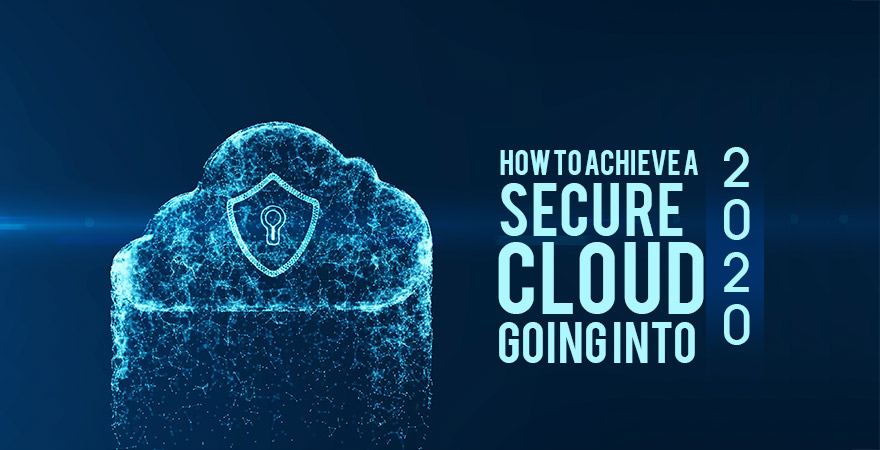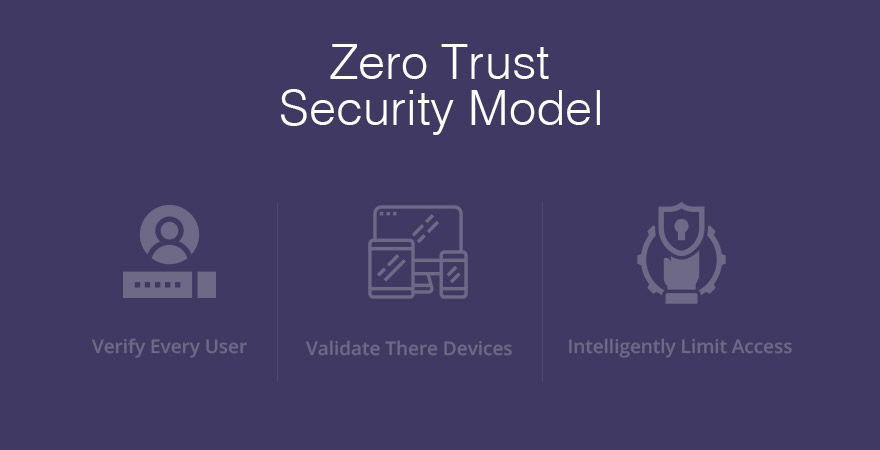The hallmark of any decent Cloud Based Solution are Flexibility, Versatility and Cost Cutting. Without prejudice to any of these benefits, another facet that may tend to get ignored in this rosy picture is that of Cloud Security. A cloud solution that is lacking in security simply just not acceptable.

Most organizations spend years and tons of money to make a name for themselves in their respective domains. Just imagine for a moment the cost of a Security Breach will Inflict for such an Organization. It may never be able to regain the same level of trust from its customers.
As regulations surrounding data security are getting ever more stringent and unforgiving, a data breach is no more limited to losing the trust and goodwill of customers. Today, a data breach can have much more devastating repercussions for the entity concerned.
Also Read:
- Microsoft Ignite 2020 – What is Microsoft Ignite Conference?
- List of 7 Best Desktop as a Service DaaS Providers 2020
- 8 Reasons: Why Cloud Computing For Small Business?
In this post, we will highlight some of the key factors surrounding cloud security and how to equip your organization to deal with these challenges much more effectively.
Cloud Security Strategy
Any strategy can be regarded as a blueprint for how to execute a certain task or process. As soon as an entity makes the principled decision to move to the cloud in any way, designing an elaborate cloud security strategy should be among the top priorities.

The contours of this strategy will depend on a host of factors but the most fundamental question each entity must ask itself is whether to completely migrate to the cloud or go for a Hybrid Solution. The complexity of this strategy will exponentially increase if an entity goes for a hybrid or multi cloud environment.
Hybrid Cloud Security Challenges
A hybrid cloud implies that an organization will not move entirely to the cloud, rather some of the data, processes or applications may run parallel over the on premise infrastructure. Effectively integrating the security protocols of cloud and On-Premise Infrastructure will go a long way in securing such a Cloud Deployment.
Multi Cloud Scenario
This is a far more complex situation as compared to a hybrid cloud solution. An organization will have to contend with the Cloud Security Protocols of multiple entities and arrive at some “middle ground”, which is a mix of both cost and convenience.
Sensitive Data
The next major question surrounding any move to cloud is whether to maintain sensitive data on premise or outsource this as well to a Cloud Service Provider (CSP). This will be one of the most defining cloud security related questions ever.

Business Critical Apps
With maturity of cloud based solutions, more organizations are considering the migration of business critical applications over the cloud. In addition to security, the next major concern should be the full time availability of all business critical apps.
Security Protocols
Once the scope and magnitude of a cloud based solution has been defined, the next major step is to devise security protocols for the cloud based solution, in addition to the on premise infrastructure. Ownership of such initiatives by the top management will go a long way in the smooth and effective transition to the cloud.
Zero Trust Security Model
Given the broad spectrum of cyber threats, the Zero Trust Security Model should be given serious consideration. This model of cloud security is based purely on a preemptive approach to cloud security. Each user is screened and checked thoroughly before access to business critical applications data sensitive data is granted.

Also Read:
- Why Zero Trust Security Strategy is Future for Businesses
- Pentagon is Developing a Zero Trust Integrated Security Guidance for JEDI Contract
The zero trust security Model also enables organizations to manage access to their cloud solutions data purely on the basis of work scope. Another advantage of this approach is that even in the odd chance of a data breach, the damage of such a breach will remain fairly contained.
Security Solutions
The foremost priority of any cloud tenant should be to engage the cyber security solution of the loud service provider. However, some CSPs may lack the in house resources to secure a cloud network. In that case, there are numerous software companies in the market that offer a holistic suite of cloud security. Also check our article on 6 Vital Features of Securing Your Cloud.
It is not a very prudent decision to engage multiple cloud security companies as it will give rise to serious integration and security related challenges. Instead, right from the prospecting phase, only those cloud security experts should be engaged that offer a complete range of protection from cyber security threats.
Statutory Compliance
In addition to some industry defined standards, sensitive data is subject to very high regulation in most cases. Before selecting a cloud based solution, it must be duly considered that you cloud service provider fulfills all the statutory guidelines defined for data security.
Employee Awareness
Over the cloud, cyber security can never be fully achieved without the active participation of all employees. It is often said that cloud security is considered a shared responsibility in which both the CSP and the cloud tenant have to play their respective paths.
Also Read: 141 Cybersecurity Predictions For 2020
Conclusion
In any migration strategy to the cloud, cyber security must figure among the top most priorities. Ownership from top management and active capacity building of employees will go a long way in not only selecting a secure cloud solution, but also keeping it free from potential data breaches.


